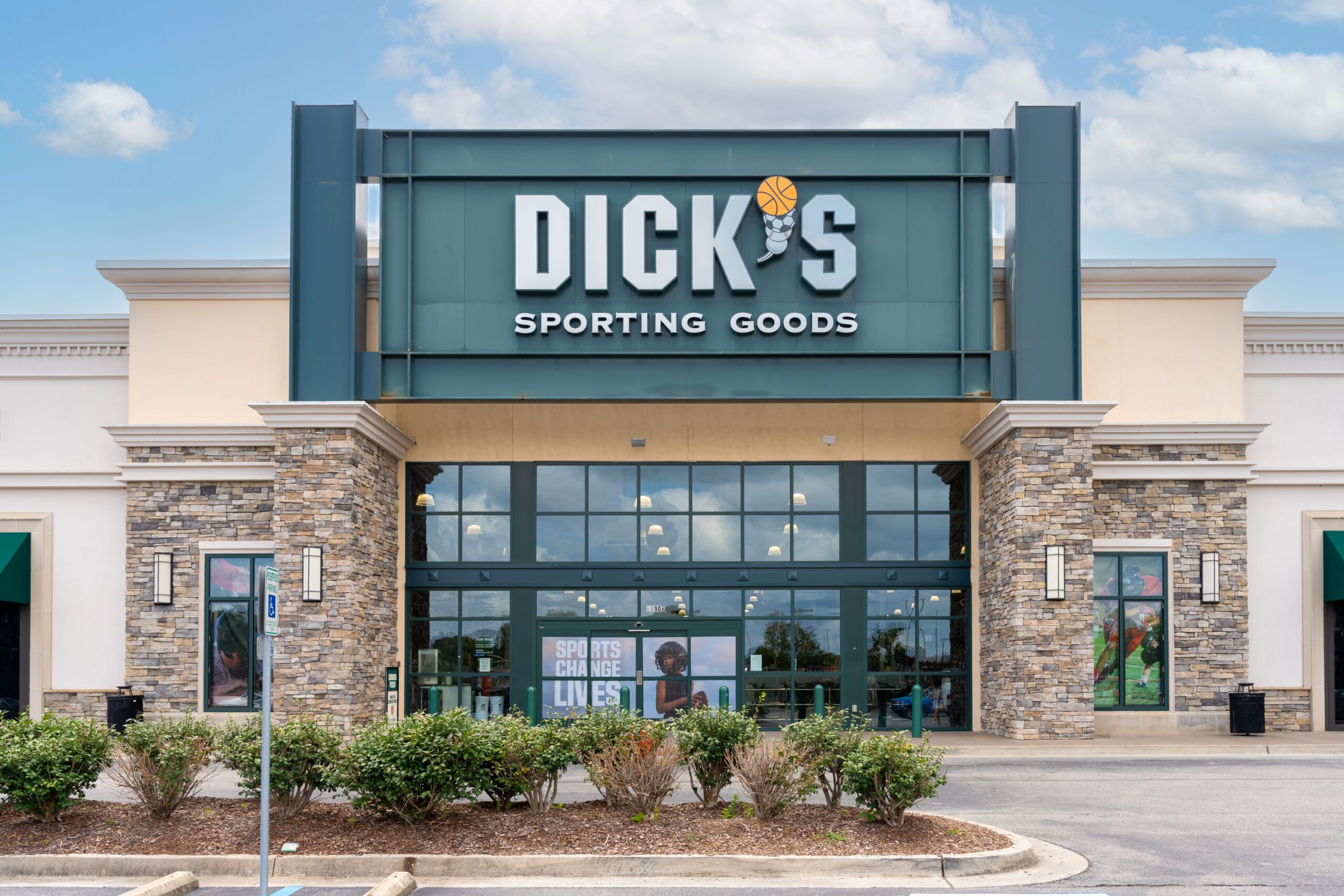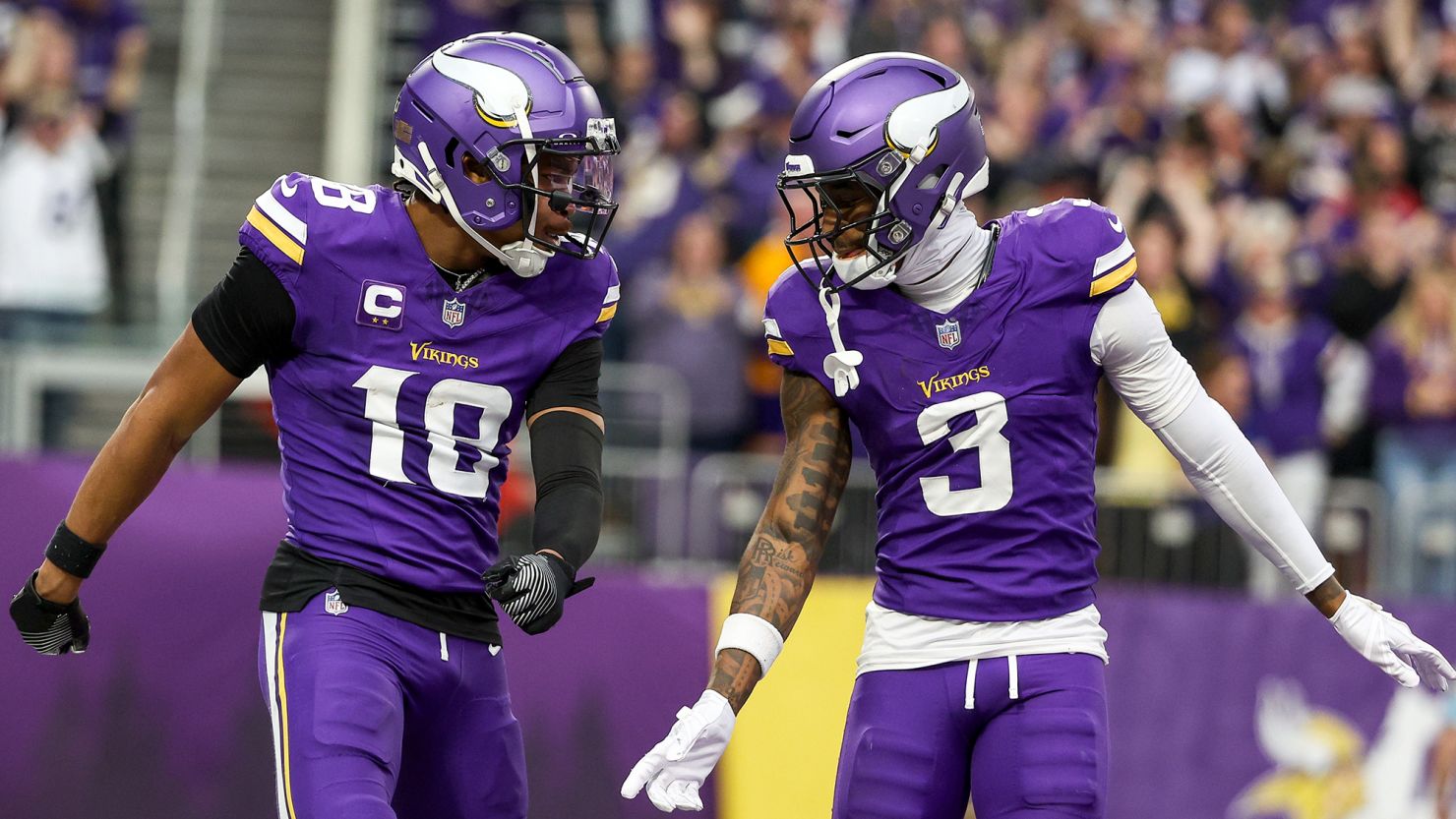In a bold move that signals a reshaping of the athletic retail landscape, Dick’s Sporting Goods has announced a definitive agreement to acquire long-time rival Foot Locker in a $2.4 billion deal. The all-cash offer — valued at $24 per share — represents an 86% premium on Foot Locker’s most recent stock price and positions Dick’s for a significant global expansion.
The acquisition comes on the heels of another major footwear shakeup — Skechers’ $9.4 billion buyout by 3G Capital — signaling an industry bracing for shifting consumer habits, supply chain pressure, and intensifying global trade volatility.
A Strategic Leap Amid Uncertainty
The deal, expected to close in the second half of 2025, gives Dick’s access to over 3,200 stores and an immediate entry into international markets, with Foot Locker operating across North America, Europe, and Asia. It also potentially strengthens Dick’s bargaining power with major footwear giants like Nike, Adidas, and Puma — a critical advantage in a tariff-laden trade environment.
“Tariffs may be accelerating consolidation,” said Joel Brock, partner at consulting firm West Monroe. “But this is fundamentally a strategic decision — a move to build scale, gain leverage with vendors, and control more of the sneaker market.”
Foot Locker: A Brand in Transition
Once a titan of mall-based retail, Foot Locker has faced headwinds in recent years. The brand lost ground as brands like Nike shifted aggressively toward direct-to-consumer (DTC) strategies, and foot traffic in malls — where Foot Locker is heavily concentrated — continued to decline.
“Foot Locker’s challenges largely stemmed from its strained relationship with Nike,” Dick’s Executive Chairman Ed Stack said during an analyst call, referencing the brand’s DTC shift under former CEO John Donahoe. However, Nike’s new leadership under CEO Elliott Hill has reportedly rekindled partnerships with key retail players — including Foot Locker and Dick’s — offering fresh momentum for the merged entity.
Two Brands, One Empire
Rather than absorbing Foot Locker into the Dick’s brand, the company intends to operate it as a standalone business unit, preserving its identity and retail presence while integrating operations and backend efficiencies. This allows Dick’s to expand its consumer base without diluting brand equity — especially important in international markets where Foot Locker enjoys strong recognition.
In 2024, Foot Locker reported global revenues of $8 billion across 20 countries — a scale that instantly propels Dick’s into new market territory.
Mixed Market Reactions and Long-Term Vision
Market sentiment, however, was divided. Foot Locker’s stock surged 85% on the news, while Dick’s shares dropped 14% amid concerns about the cost of integration and the health of Foot Locker’s existing footprint. Analysts like TD Cowen’s John Kernan called the move “strategically questionable,” warning of the required investment to stabilize and reposition Foot Locker.
Yet Dick’s leadership remains bullish.
“This is a long-term play,” said Stack. “We’re not just buying stores — we’re buying scale, data, international access, and a platform to drive the future of athletic retail.”
The Big Picture: Consolidation & Competitive Positioning
This acquisition is not an isolated event but part of a broader trend — one where athletic and lifestyle brands are consolidating, adapting to digital-first consumer behavior, and navigating the economic and political turbulence shaping global trade.
As tariffs rise and margins tighten, scale is becoming the most valuable currency in retail. With Nike revisiting wholesale partnerships, and competition from DTC-first startups growing, Dick’s acquisition of Foot Locker may be the kind of bold, forward-thinking gamble that redefines who controls the sneaker economy.


